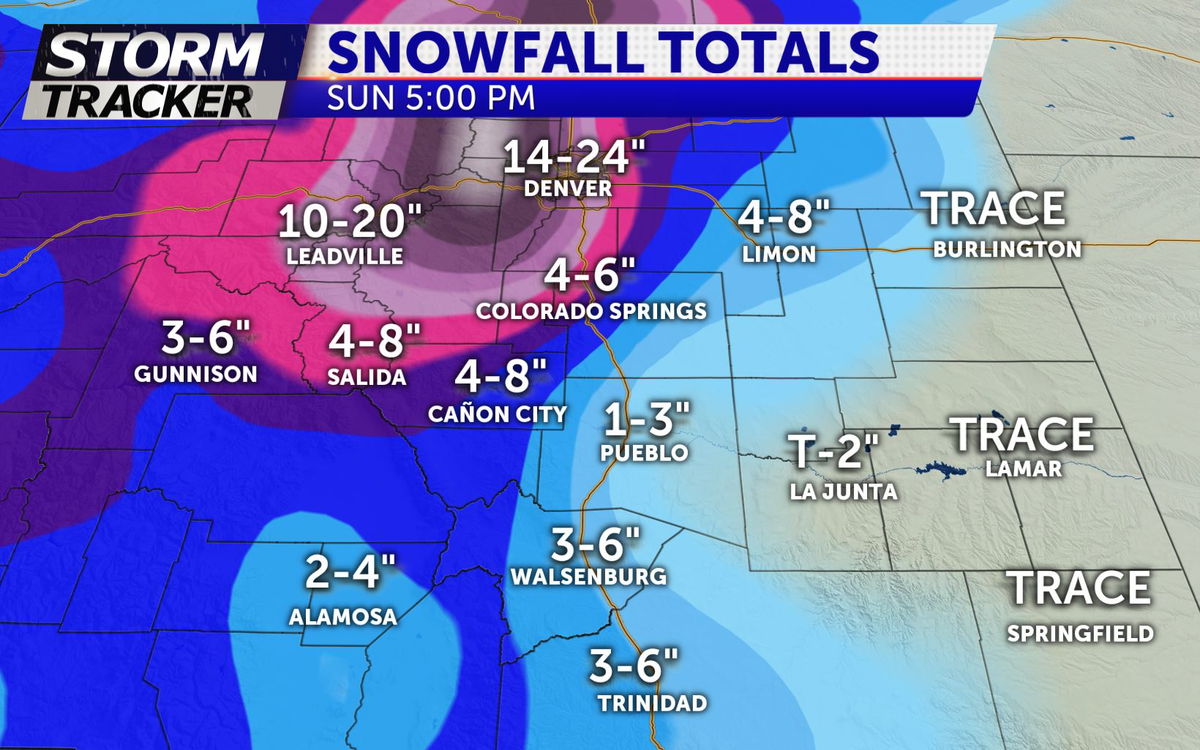


A darker shade of blue means that the measure is higher than the historical average. The bigger the diamond, the larger the reservoir’s capacity. To interact with the map above, scroll and click on one of the reservoirs, represented by a diamond. The San Luis Reservoir, for example, which serves millions of people from Silicon Valley to San Diego, is now effectively full, at 99% of capacity. In one of the clearest signs that the drought has ended, most of California’s major reservoirs are above normal levels for this time of year, with some near their maximum capacity. 27 after landing in Oregon as exceptional, the highest level. Before this week, California endured 31 of these atmospheric rivers, which entered the state at the following strengths: 11 weak, 13 moderate, 6 strong, and 1 extreme, which hit California on Dec. Not all of the atmospheric rivers on this map crossed into California, and some of the ones that eventually hit the Golden State weakened by the time they arrived. It also shows each storm’s recorded strength upon making landfall, with black being the strongest. The image above, created from data provided by the Center for Western Weather and Water Extremes, shows when each atmospheric river slammed into the West Coast since the start of the rainy season in October. But that’s certainly how it has felt to live in California this winter. When the Atmospheric Rivers slammed into CaliforniaĪnother day, another atmospheric river. The data, observed daily and compiled by the National Centers for Environmental Information, shows that this year’s total as of April 1 reached nearly double the historical average. Among the Bay Area’s major metros, Oakland reported the wildest rainfall totals this rain-year, with some of the biggest recorded in December, January and March. Unlike the boom-to-bust cycles of recent years, this season’s storms have been steady since November. When did it rain the most in Bay Area cities? The data comes from the National Environmental Satellite, Data, and Information Service (NESDIS) division of NOAA. Santa Clara County, for example, had its fourth wettest season on record by the close of February. There are some pretty shocking numbers here. Move your cursor to a county to see how it ranked. The map above shows how precipitation totals so far this rain-year (July 1st to February 28th) compare to historical data going back 128 years.

17, 2021 - when nearly half of the state was in exceptional drought. Drag the dark gray line across the map to see how this week’s drought picture stacks up against Aug. Drought Monitor, show that this year’s rainy season washed away drought conditions in all of the Bay Area and most of California. “For most purposes, the drought is over,” said Jay Lund, a California water expert and professor of Civil and Environmental Engineering at UC Davis. Just how “over” is the drought, and how unusual has this season of rain really been? Here are seven charts to help with the answers. We were pelted by hail and easily belted out “bingo!” more than once.Īs California catches its breath from the epic deluges - warm, sunny weather is in the forecast next week after light rain on Friday - now seems like a good time to take stock of this strange winter. One of the rainiest days on record in San Francisco. Snow piled more than 240 inches deep at Mammoth Pass. “I would say we earned it.If there ever was a winter to check off squares on your Wild Weather Bingo card, 2023 was it. “I think we’ve all been waiting for a little bit of a break in the cool and wet conditions,” Miller said. As of Friday morning, Monday’s forecasts were similar in all cities. On Sunday those highs will rise to 76 in San Jose, 64 in San Francisco, 69 in Oakland, 75 in Walnut Creek and 71 in Santa Cruz. Saturday’s forecast highs around the Bay Area include 68 in San Jose, 60 in San Francisco, 63 in Oakland, 67 in Walnut Creek and and 64 in Santa Cruz. Saturday was expected to be a cooler, cloudier day similar to Friday, absent of rain. “Sunday into Monday we’re going to have a bit of a warm-up.” “It’s not going to be really long-lived, but we are looking for a few really warm days,” said NWS meteorologist Sean Miller. On the coast, temperatures were expected to reach high 60s and low 70s. After suffering through the heaviest period of recorded rainfall in the Bay Area since Abraham Lincoln was in the Oval Office and sometimes lethal windstorms, it’ll finally be time for shorts, T-shirt and flip-flops this weekend.Īccording to the National Weather Service, inland highs in the mid and even high 70s are in the forecast for Sunday and Monday.


 0 kommentar(er)
0 kommentar(er)
